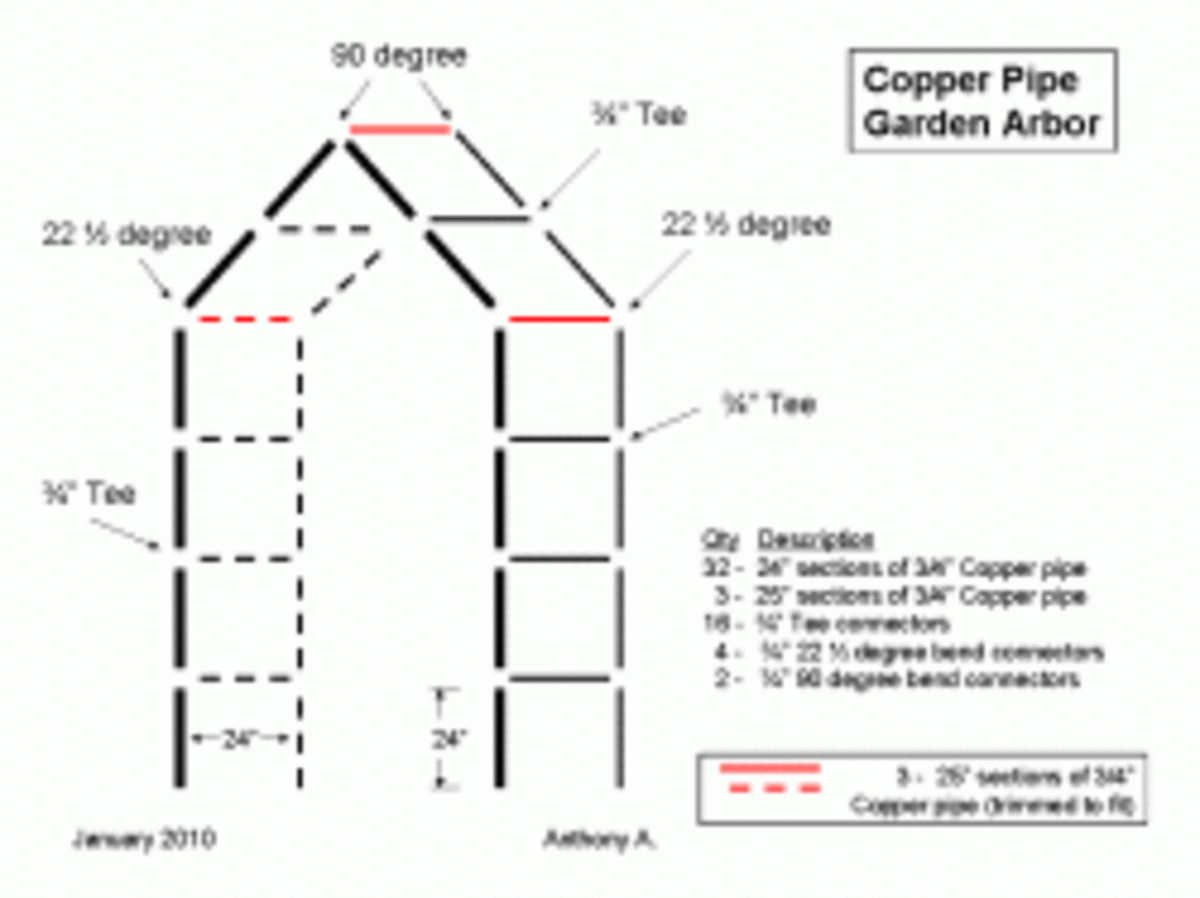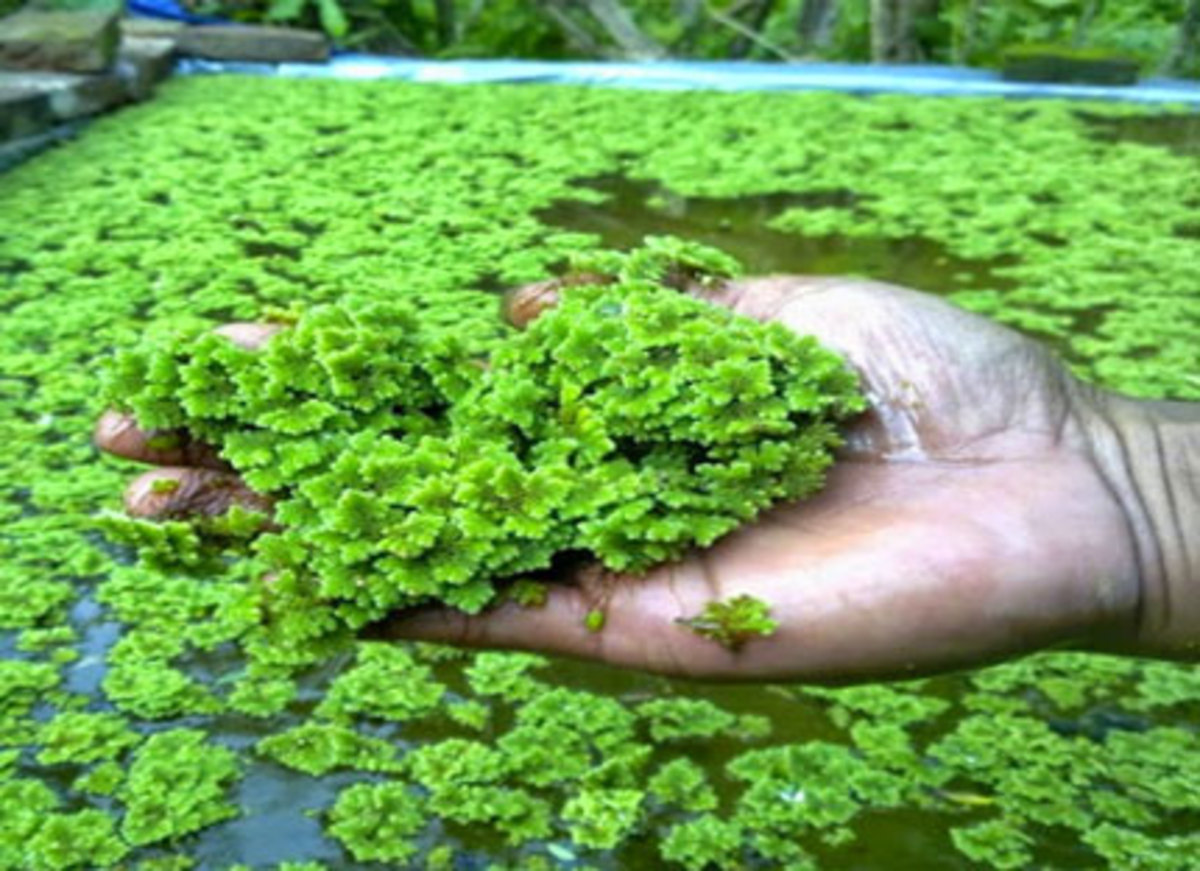Using Landscaping Rocks In Your Landscape
Landscaping rocks are stones that are incorporated into your lawn or garden to add style and a natural appearance to the landscape. The type of rock that you choose, however, will vary widely upon where you live, your budget, what materials you have access to and the style of your lawn or garden. Knowing how different rocks are affected in different locations and environments will help make your decision easier.
Landscape rocks can be obtained by ordering them from companies or websites, or by simply finding them outdoors and bringing them home. Another excellent place to find suitable rocks is to search a local quarry. They often have large amounts of high quality stones with varied appearances to add a unique look to your yard.
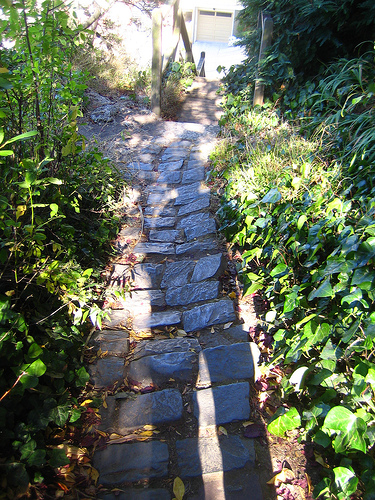
Types of Landscaping Rocks
There are many different types of landscaping rocks available. Some varieties weather faster than others, some will accumulate moss faster and some will remain stalwart for ages. Choosing the proper one to accent your landscape is vital in keeping a style.
- Red Sandstone – Red sandstone is a porous rock that crumbles easily and has a weathered appearance. It will also weather more quickly than other, denser stones. Chips from this stone are often used to mulch gardens.
- Moss Rock – Moss rock is a denser type of sandstone with a dark color. They are usually used for retaining walls.
- Weathered Limestone – Limestone is a common landscape choice, and is commercially available in large and small sizes. Boulders can even be special ordered if desired.
- Lava rock – Especially porous and light-weight, lava rock makes an excellent accent piece, and contrasts well with white gravel. Quarries usually charge by the pound, so purchase during the summer so that any frozen water, which can double the weight, will be melted.
- Cobblestone – Cobblestones are small, rounded stones often placed close together to form a pathway.
- Specimen stone – A stone with an unusual color or characteristic that makes it a focal point. Any type of stone can be a specimen stone, as long as it has an artistic quality.
- Fieldstone – A fieldstone is any stone or rock found in its natural environment that has not been altered by man or machine. These stones are ideal for natural themed lawns and gardens.
Artificial Landscaping Rocks
Aritifical landscaping rocks are also available for purchase, and are usually quite a bit less expensive than true stones. Additionally, custom stones are available in any size, weight, texture and color you may want. This makes them excellent for matching a certain décor or theme.
These artificial stones are most commonly used around aquatic features, such as ponds, pools or fountains, due to their resistance to natural weathering. They can, however, be used in any part of the yard with no detrimental effects. They should not be used in conjunction with natural stones though, as when side-by-side with an original, the artificial stone will stick out like a sore thumb.
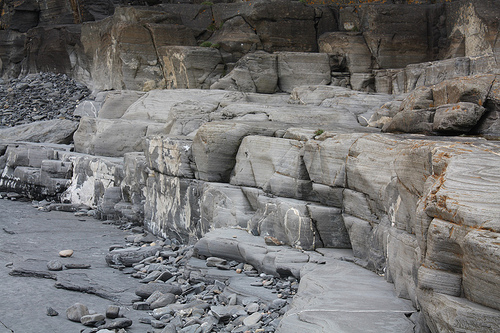
Choosing Rocks for Your Landscape
There is more to selecting the proper stone than simply choosing a color that matches or picking the first stone you come across. Both aesthetic and structural characteristics should be considered when making the final decision. Consider the color, texture, size and shape of the stone, and try to imagine how it will appear in its final place in the lawn or garden. If color uniformity is an issue, take a sample of the desired color to match it against the stone in question.
Some structural details to consider include the porosity, quality of the stone, mechanical strength, weight and how easy it is to split, cut or shape the stone to the desired form. If the stone is to be shaped after purchasing, be sure to choose a stone that is dense and not very porous, as more porous stones are likely to fracture.
When purchasing rocks for your landscape, always talk to your supplier about which type of stone is best for your particular project. Following are some questions you may want to ask at the supply yard before making a decision.
- Which stones are indigenous to our region?
- Which stones are best for edging? For walls? For patios and terraces?
- Which stones mix well with each other for a stone wall or terrace?
- How many square feet will one ton of this type of stone produce?
- What's the price of this stone per ton? Per cubic yard?
- What is the cost of delivery to my home, per ton?
- Do loading and unloading fees apply?
- Are volume discounts available for large orders?
- How easy is this stone to shape with a hammer and chisel?
- Is there any equipment I should have on hand for unloading or handling the stone?
- Are there any professionals you can recommend to lay this stone?
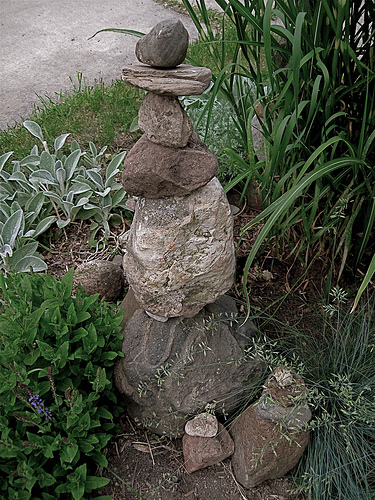
Types of Rock Landscape Features
There are many different ways to incorporate rocks into your landscape, beside just placing a single stone to draw attention. Exploring all of the possibilities available with stones will help you turn your entire landscape into a stunning feature. Consider some of the following projects that can be completed when landscaping with rocks.
- Stone Fountains – Rocks go well with fountains, though artificial rocks should be used, as natural stones will weather considerably faster.
- Patios – Stone patios are common and, if sealed properly, will last a long period of time. The stone, however, will heat quickly under the hot sun.
- Pathways and Trails – Cobblestones are commonly used to incorporate pathways and stones into the lawn or garden. They can be placed directly beside each other, or spaced to create a stepping stone effect.
- Cold Frame – Cold frames are structures that provide plants with protection from cold weather.
- Pergola – A pergola is basically a permanent covering. While the roof is usually made of wood, the support columns can be made with stone to add a more natural look.
- Foundations – Stone foundations can be made for various structures, including porches and decks. These stones are usually longer-lasting than wood supports, and are not vulnerable to pests or rot.
- Stone Walls – Stone walls are some of the most features. They make extremely solid and long-lasting walls that can usually stand for decades. They are also visually appealing, though expensive.
- Cairns – Cairns are pillars made out of stones that are often designed to be visually appealing. These stones are usually made strictly from the creator's imagination, though a design may be followed.
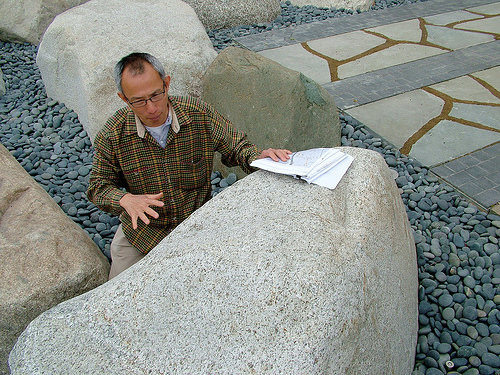
DIY Project: Installing Landscape Rocks
Installing a landscape rock can be a formidable task if you don't know where to start or what to expect. Its not impossible and if all else fails, you can simply hire a team to install the stones for you. The following steps, however, can get you on your way to making the landscape of your dreams, once rock at a time.
- Create a design for the landscaping rock. The complete layout should be planned out meticulously prior to installing any rocks. Many landscapes are extremely heavy and take considerable effort to move, so ensure it is going to be in its permanent location when moved.
- Select the proper landscaping stone for the location. Many different stones are available, but only one will be perfect for your landscape. Consult the section above entitled “Choosing Rocks for Your Landscape” with more information about selecting a stone.
- Prepare the site for the installation of the stone. Remove any and all turf grass and plant material from the site where the stone will be laid. Then, dig a slight recess over the area the stone will lay, so it will be much less likely to slip or fall.
- Install the landscaping rocks in the proper location. Place the stones in the location designated by the design previously formulated. Note that not all landscaping stones are created equal, and some may need to be shaped for a good fit. Try not to deviate from the original plan if possible.
- Set and clean the installed landscaping stone. Fill up any cracks in the project, if applicable. Clean any dust or dirt from the stones if a smooth, shiny, clean look is desired. Set additional stones at this time to complement or accent the first placed stones.
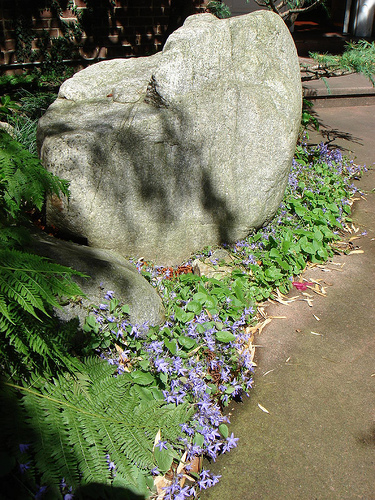
Tips for Landscaping With Rocks
The following tips can increase your efficiency and the end result of your landscaping project. Be sure to read all of the tips and consult with an expert if possible prior to working with stones and rocks, especially those that are extremely large.
- Visit other landscapes that make use of rocks to get an idea of what you might want for your own lawn or garden. Some sites you might examine include neighbors' yards, public gardens and state parks.
- Prior to setting any permanent stones, lay a few around the site to get an idea of how the stones are going to look in your particular yard. Be sure to put some sample stones in locations that you plan on placing permanent stones.
- Research plants that you plan to incorporate into the landscape near stones. Large stones especially absorb heat and form hot, dry conditions which can kill some plants.
- Consider the traffic that will be around the stones, and the pacing of the people that will most commonly enjoy the landscape. Cater to the needs of the most common visitors, as long as it fits in with your artistic design.
Landscape 101: Rocks and Boulders
The following is an informational video regarding the different varieties of rocks and boulders used in landscaping, and some possible uses with each one.
Related Landscaping Links
- Creating a Pool Landscape
Creating a proper landscape can greatly improve the enjoyment that you can reap from your pool. While many homeowners hire professionals to plan and create their pool landscape, this task and the result will...


